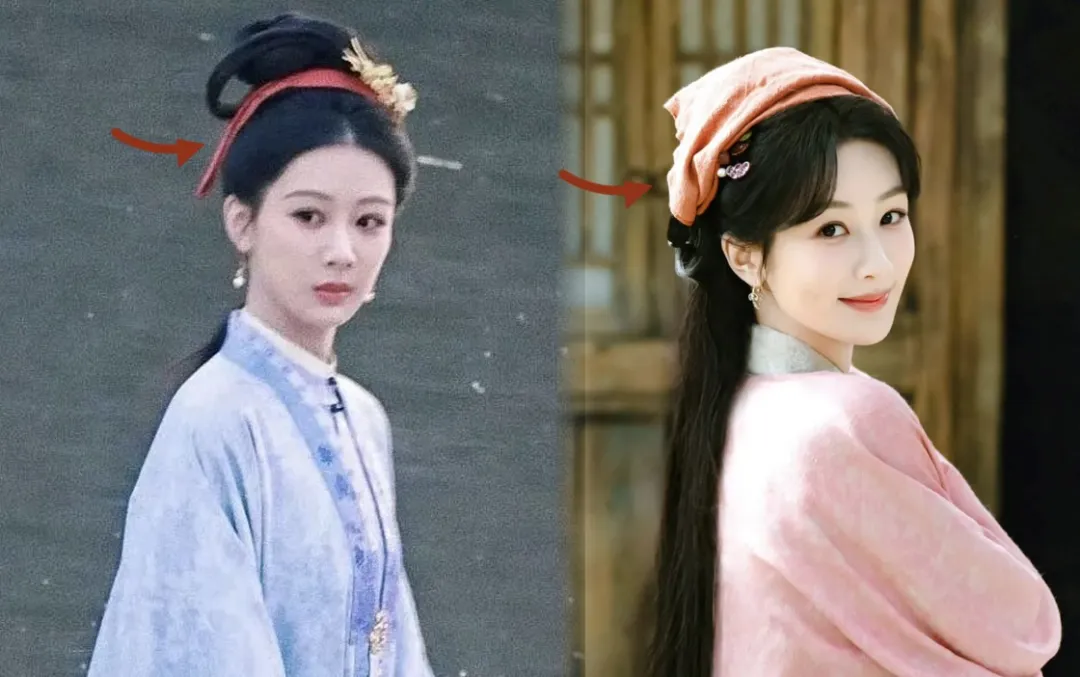Yang Zi's headband in the latest drama The Mo has sparked heated discussions among netizens. This seemingly modern accessory actually has ancient roots as a Pazi (帕子), a square cloth used by women to wrap their hair, keeping it neat and tidy. This practice of head wrapping was common across various dynasties, particularly among the common folk, as it could be made from leftover fabric.
Before the Wei and Jin dynasties, both men and women used Pazi, with men using it more frequently. One style, known as Zizuo (缁撮), resembled the bun-like wrap often seen on scholars in historical dramas. During the Qin and Han periods, the military also adopted this practice, using deep red cloth to create headscarves called Jiang Patou (绛帕头). In the Han Dynasty, it was often paired with Ze (帻), a type of headgear, becoming a popular fashion trend.
Evolution of Head Wrapping Styles
By the Wei and Jin dynasties, head wrapping became more prevalent among women. During the Sui and Tang dynasties, it was fashionable to wrap the entire head, and by the Song Dynasty, it evolved into a widespread hairstyle known as Baoji (包髻). The Pazi was not only used for wrapping hair but also for covering the forehead. In the Yuan Dynasty, women popularized Zha Ezi (紥额子), where a cloth strip was folded and tied around the forehead, serving both a practical and decorative purpose.
Due to its widespread use, literary works from later periods referred to it by various names, such as Patou (帕头), Motou (陌头), and Gaitou (盖头). Today, the tradition of head wrapping persists in some regional customs, where women use cloth to wrap their hair instead of wearing crowns, making it more convenient for daily life and labor.
The Modern Connection to Ancient Fashion
While elaborate hair accessories dominate historical dramas, simpler items like the Pazi are often overlooked. Much like how headbands are a staple in modern wardrobes, the Pazi was an essential and versatile item for ancient people, with over a dozen variations. Contemporary fashion trends, such as using vintage-inspired hairbands and scarves, are influenced by this ancient aesthetic. This comparison highlights how fashion trends transcend time, bridging the gap between past and present.



